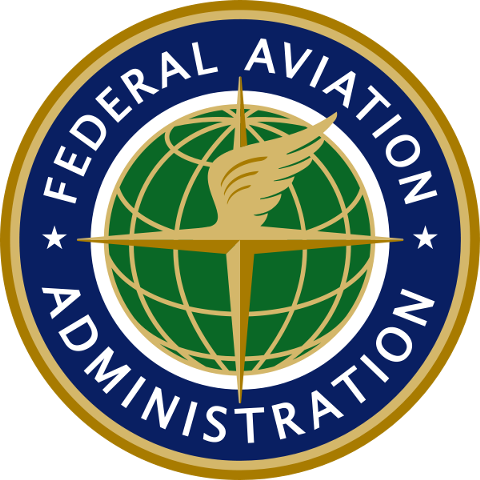TESTING DETAILS
- FLIGHT PLANNING
Preplan a VFR deadreckoning flight from our testing airport location to one of the following airport pairs.
KCBF – KALN KRDM – KBFI
KMLE – KCFO KDVT – KLAS
KLNK – KRTN KCHD – KELP
KOMA – KVTN KAPA – KCBF
KFET – KCFO KHWO – KTHL
KRDK – KDLH KCOS – KCBF
KPMV – KCFO KBTA – KAPA
KGTU – KFST KGIF – KSVNOn the day of the practical test, the final flight plan shall be to the first fuel stop using real-time weather. Be prepared to add maximum allowable passengers, baggage, and/or cargo loads during the oral based on a realistic scenario.
If you determine you will need to stop for fuel before reaching your destination, then you may only detail the flight plan nav log to your fuel stop destination.
You may use a paper and/or digital nav log.
Please select your first 3 VFR deadreckoning checkpoints (no VOR or GPS) between 5 – 10nm apart to help in the evaluation process.
Be prepared to appropriately fill out and use your nav log inflight when demonstrating deadreckoning nav skills.
Be prepared to provide actual ground speed calculations inflight without the use of Aircraft GPS or EFB GPS.
EFB GPS ownship position will be disabled prior to the flight portion of the test.
EFB Digital Sectional and/or Paper VFR Sectional may be used, based on Applicant preference. -
FAR 91.103 PREFLIGHT PLANNING
Generate a legal preflight weather briefing from the FSS
www.1800wxbrief.com
Electronic and/or Printed briefing packets your preference.Precalculate all performance data available in the aircraft POH.
Base all calculations on the actual real-time weather at the time of testing.
Use Dan’s weight of 175 lbs with no baggage in your calculations. - TESTING AIRCRAFT
Bring all aircraft logbooks and records for your aircraft, if possible.
Be able to locate all inspections within the maintenance logs in order to determine airworthy condition.
Please bring photos of the Airworthiness Certificate, Registration, Type Data Plate and GPS Database Currency Page.
Download and bring this completed AIRCRAFT AIRWORTHINESS STATUS SHEET:
MX-STATUS-SHEET-FOR-PRACTICAL-TESTS.pdf - WRITTEN KNOWLEDGE TEST
Bring your paper PAR Written Knowledge Test results.
Bring a paper generated report listing all decoded missed questions from this website
https://www.faatestcodes.com/
- PILOT LOGBOOKS
Bring all of your pilot logbooks.
Confirm your name and contact information is recorded in your logbook.
Confirm each log page is correctly dated, (month, day, and year).
Be sure to total all logbook columns reflecting accurate flight time.
Recommending CFI and Applicant must both verify that ALL flight time is correctly logged.
Confirm all log pages with entries are signed in ink only. Pencil will not be accepted. The FAA considers your logbook as a legal record.
- ELIGIBILITY CHECKLIST and REQUIRED ENDORSEMENTS
Labels with typed endorsements are preferred, if possible. Handwritten endorsements must be legible.
If using preprinted old endorsements in the back of logbook, then you must reference
AC61.65H to ensure your endorsements match exactly.
Print this Eligibility Checklist and bring to test. Be prepared to efficiently locate eligibility requirements within logbook.
PRIVATE-PILOT-ASEL-AMEL-61-141-Eligibility.pdf
- Read the “Pilot’s Bill of Rights” and “Privacy Act Statement” before testing.
Privacy Act Statement and Pilots Bill of Rights - IACRA and IDENTIFICATION
Log into IACRA and confirm your login credentials allow you to access your IACRA Account.
Confirm your Application is submitted.
Bring a printed copy of your completed IACRA 8710-1 Application with your Recommending CFI’s signature.
This 8710-1 paper copy will only be used as a backup if IACRA is offline.
Bring one of the following personal documents:
Drivers License and/or Passport.
Student Pilot Certificate
FAA Medical Certificate
***FOREIGN VERIFICATION LETTER (only if you hold a Foreign License). - FAASAFETY.GOV
Optional:
Sign up for a FREE FAASafety.gov account.
Bring any course completion certificates. - QUESTIONS? ***Please do not hesitate to contact me if you have any further questions regarding your test.
